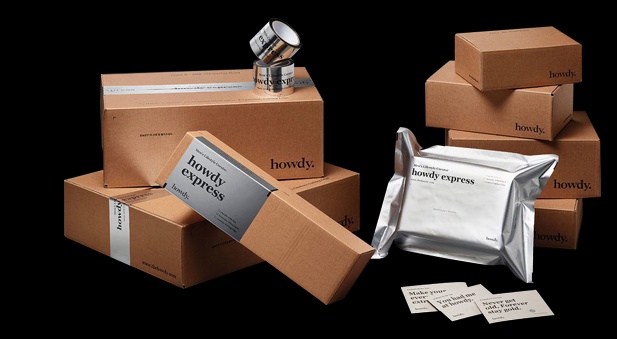The global discussion on environmental sustainability has reached every corner of industry and commerce, including the fundamental elements of packaging. For those in the packaging business and beyond, the dialogue often centers on the choices between cardboard and plastic, two ubiquitous materials with very different environmental profiles. In this comprehensive exploration, we will break down the environmental impact of cardboard packaging boxes and plastic packaging, weigh their pros and cons, and address the crucial question: which is truly better for our planet?
Environmental Impact of Cardboard Packaging
Biodegradability and Recyclability
Cardboard is celebrated for its biodegradability; it naturally decomposes over time, making it a far more environmentally friendly alternative to its plastic counterpart. In addition, cardboard packaging boxes has a highly effective recycling stream, one which, when utilized optimally, can significantly reduce waste.
Reduced Carbon Footprint
Cardboard's production generally requires less energy than that of plastic, resulting in a reduced carbon footprint. This advantage is further amplified when one considers that cardboard packaging can actually store carbon if responsibly sourced from forests managed for sustainability.
Sustainable Sourcing
The use of cardboard promotes the need for sustainable forest management, ensuring that when trees are harvested for paper, others are planted. This contributes to the conservation of natural habitats and biodiversity.
Environmental Impact of Plastic Packaging
Non-Biodegradable Nature
Plastic packaging is known for its longevity, often hundreds of years, due to its non-biodegradable nature. This is a leading factor in the pollution of ecosystems, as it either accumulates in landfills or spreads as litter.
Recycling Challenges
Plastic recycling systems are less efficient and often result in lower-quality materials in the recycling stream. The single-use nature of much plastic packaging exacerbates this issue, hindering the recycling process further.
Pollution Concerns
Plastic's disposability is a significant contributor to pollution, with microplastics contaminating environments, including waterways and the food chain. The long-term impacts of plastic pollution on wildlife and human health are a growing concern.
Comparison of Sustainability
Life Cycle Assessment
When a detailed life cycle assessment is considered, the environmental favorability of cardboard over plastic becomes clear. From sourcing, production, use, and end-of-life scenarios, cardboard packaging boxes often presents a more sustainable overall picture.
Energy Consumption
Cardboard manufacturing demands less energy, both in material extraction and production processes, making it an eco-friendlier choice. Conversely, plastic's production consumes oil and natural gas, which contribute to greenhouse gas emissions.
Waste Management
The waste management of cardboard is more straightforward, as it can be easily recycled into new products or composted. Plastic, on the other hand, requires sophisticated facilities and technology to handle efficiently.
Consumer Perception and Trends
Shift Towards Eco-Friendly Packaging
Consumers are increasingly vocal about their desire for eco-friendly packaging solutions. This shift in perception is driving businesses to re-evaluate their material choices and develop more sustainable practices.
Importance of Sustainable Choices in Business Practices
For businesses, adapting to sustainable practices not only fulfills environmental responsibilities but also presents a marketing advantage. The use of eco-friendly materials like cardboard can enhance a brand's reputation and customer loyalty.
Conclusion
In the grand scheme of environmental stewardship, cardboard packaging boxes emerges as a more environmentally sound choice for packaging than plastic. Its recyclability, lower carbon footprint, and compatibility with sustainable sourcing practices make it an indispensable tool for businesses aiming to reduce their impact. However, this should not be seen as an exhaustive answer; the path to true sustainability often requires a nuanced approach and continuous innovation.
It is clear that the packaging industry continues to evolve, with a much-needed focus on the environment. While the clear advantages of cardboard over plastic in terms of environmental impact are a significant leap forward, the future will likely demand even more progressive solutions. As we forge ahead, it is essential for businesses to keep apace, always searching for the most eco-friendly options that align with the needs and expectations of their customers. The cardboard revolution is underway, and it's time for businesses to join forces with this sustainable contender.


No comments yet